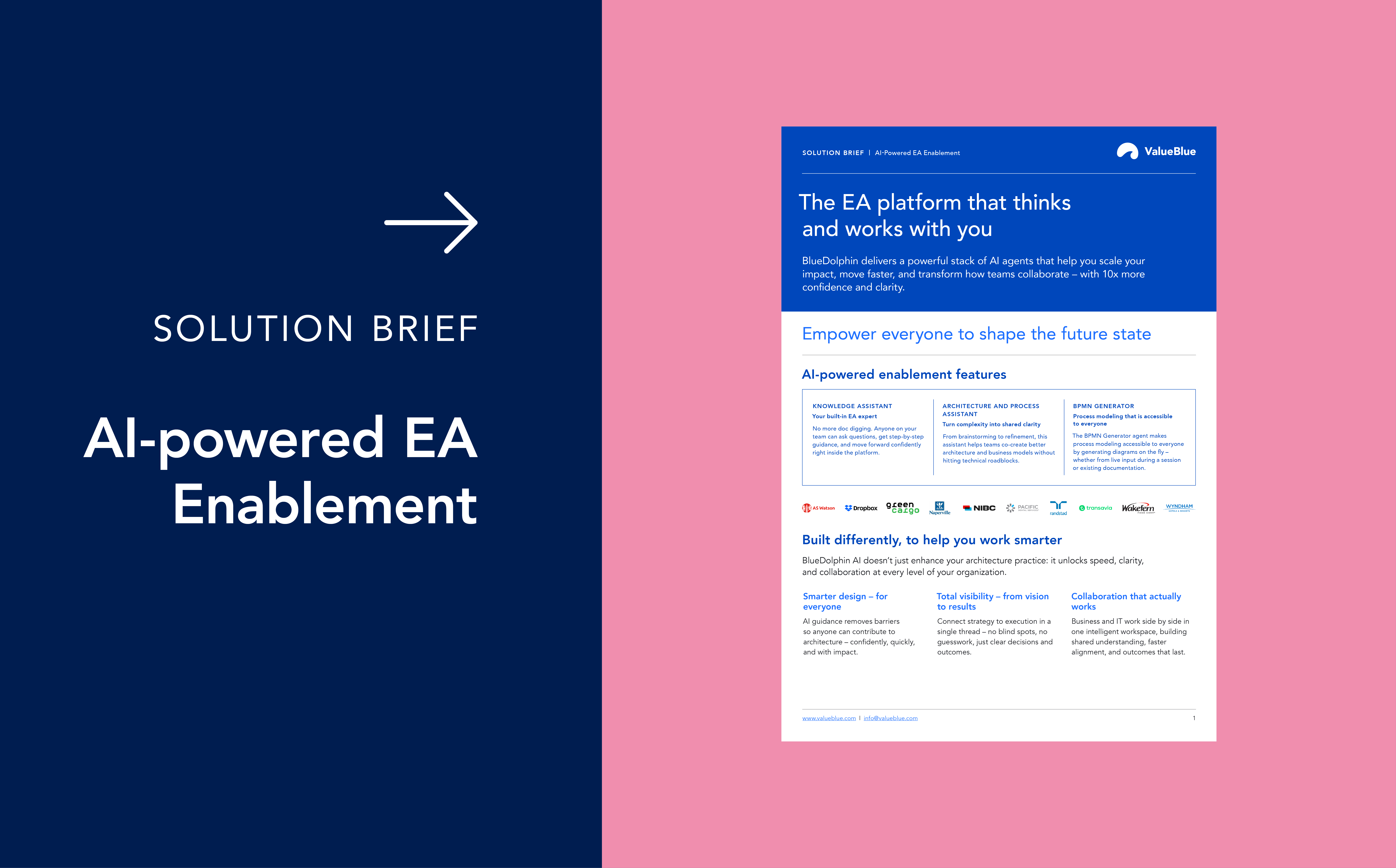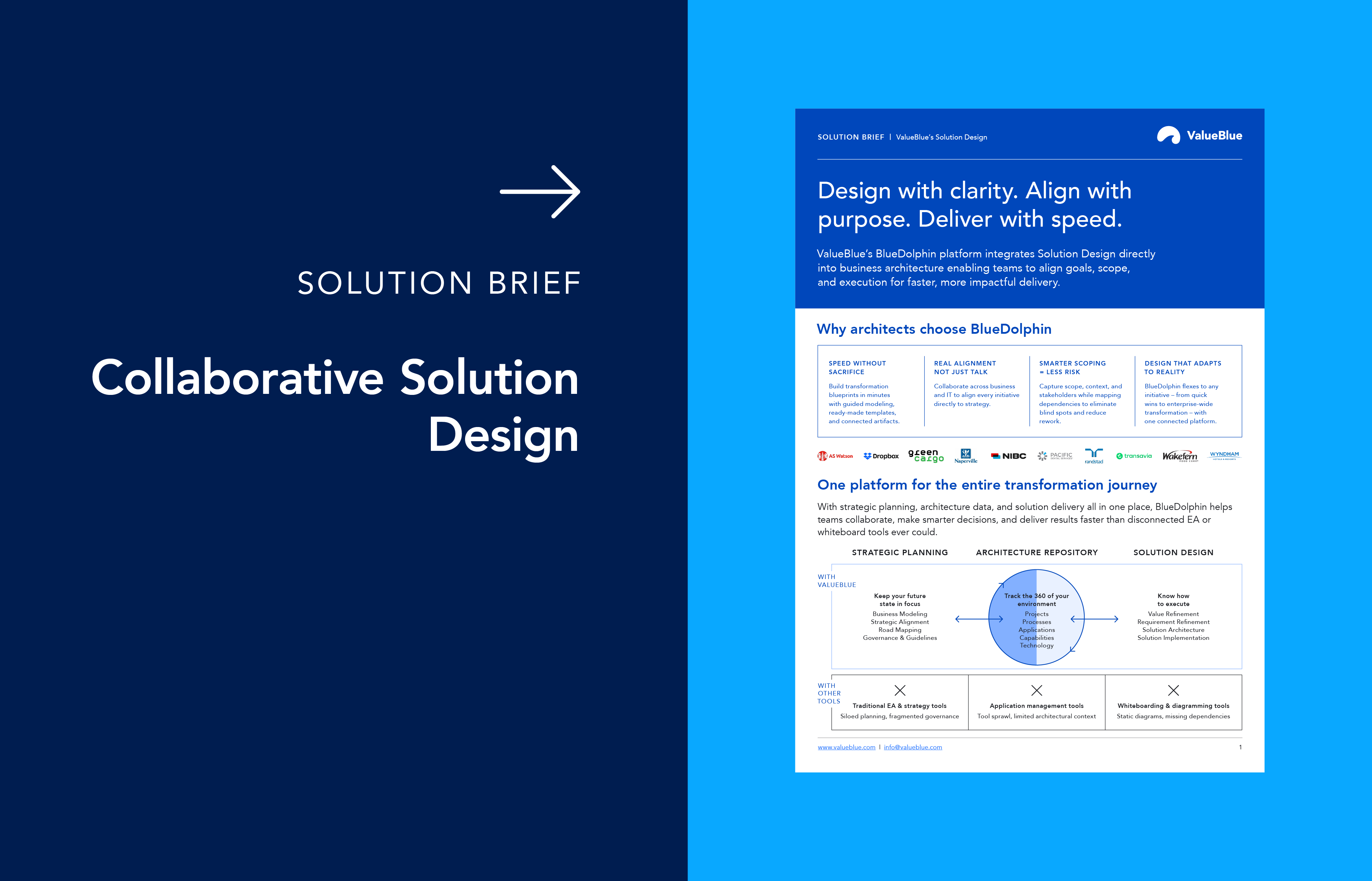Digital Transformation in Financial Services: Leader Insights
The financial services industry is undergoing a sweeping digital transformation. New technologies are reshaping the way banks, insurers, investment firms, and fintech operate, changing how they serve customers, manage risk, and create value. But what does this transformation mean beyond the buzzwords and tech jargon? And how are industry leaders making it work in the real world?
In this article, we’ll show you what digital transformation looks like in financial services today, what’s driving it, and how top players are leading the way. Whether inside a financial institution or simply trying to understand the future of finance, there’s something here for you.
What is digital transformation in financial services?
Digital transformation in financial services means using technology to improve how financial organizations operate and serve customers. It’s not just about launching a mobile app or automating a process – it’s about rethinking business models, breaking down silos, and embedding technology into the DNA of the company.
This can include everything from using AI for fraud detection to launching digital-only banking platforms to using blockchain for faster, more secure cross-border payments.
So, it’s not about doing digital. It’s about being digital.
What's driving digital transformation in financial services?
A perfect storm of forces is accelerating digital transformation in financial services:
- Customer expectations have changed
Customers now expect the same ease and speed from their banks as tech giants like Amazon or Google. They want 24/7 access, instant approvals, and hyper-personalized services. Customers no longer benchmark one bank against other banks – they benchmark banks against their best digital experiences.
- Technology is more accessible
Artificial Intelligence, machine learning, cloud computing, and blockchain are no longer experimental – they’re becoming mainstream. Institutions that once viewed these tools as risky or futuristic are now making them part of daily operations.
- Fintech disruption
Fintech startups have made it clear that financial services can be delivered better, faster, and cheaper. To compete, legacy institutions embrace the same tools and tactics – sometimes even partnering with the startups that were once their rivals.
- Regulatory evolution
Governments and regulators are pushing for more transparency, security, and data-sharing, like PSD2 in the EU or Open Banking in the UK. These changes open the door for new products and services, but also demand agility and compliance.
Technologies for digital transformation in financial services
Here are a few of the technologies fuelling digital transformation in financial services – and how industry leaders are using them:
- AI and Machine Learning
AI is no longer confined to back-office number crunching. It’s now used for real-time fraud detection, underwriting, customer support, and predictive analytics.
JPMorgan Chase, for example, has built a Machine Learning Center of Excellence to use AI for risk modelling and trading decisions. In one case, AI helped the bank slash the time spent reviewing legal documents from 360,000 hours to mere seconds.
- Blockchain and distributed ledger technology
Blockchain enables faster, secure, and tamper-proof transactions – ideal for cross-border payments, smart contracts, and digital identity verification.
Standard Chartered has used blockchain-based trade finance platforms to digitize traditionally paper-heavy processes, cutting down processing times from days to hours.
- Cloud computing
Cloud technology lets institutions scale up or down quickly, innovate faster, and lower IT costs – all while improving resilience.
Goldman Sachs partnered with Amazon Web Services (AWS) to launch a cloud-based financial data platform that provides clients with real-time access to curated market data and analytics.
- Robotic Process Automation (RPA)
RPA automates repetitive, rule-based tasks like data entry, claims processing, and compliance reporting.
Deutsche Bank uses RPA across several areas to reduce manual workloads, allowing staff to focus on higher-value tasks and strategic initiatives.
Digital transformation in financial services: Real-world examples
Digital transformation in financial services is more than just theory – here’s how leading institutions are turning vision into reality.
- DBS Bank (Singapore)
DBS is widely considered one of the most digitally advanced banks in the world. CEO Piyush Gupta led a complete rethinking of the bank’s approach, embedding digital into every business layer. The bank created over 33,000 APIs to enable ecosystem partnerships and launched “digibank” in India and Indonesia – entirely paperless, branchless banks. They simply stopped thinking like a bank and started acting like a tech company.
- Bank of America
Through its Erica AI assistant, Bank of America provides over 35 million users with 24/7 access to financial guidance, bill reminders, and fraud alerts. Erica processes millions of client requests monthly, helping reduce call volumes and improve customer satisfaction.
- HSBC
HSBC uses digital technology to better serve its global client base. It leverages AI for credit decision-making, implements biometric logins for mobile banking, and collaborates with fintech to offer smart financial tools.
Digital transformation in financial services: Challenges along the way
Despite the momentum, digital transformation in financial services isn’t without roadblocks. Many institutions are dealing with:
- Legacy systems
Older core banking systems can be expensive and risky to replace. But without modernization, innovation is difficult and slow.
- Cybersecurity risks
As services move online, so do threats. Cyberattacks are more sophisticated than ever, and financial firms are prime targets.
- Culture and talent
Getting people on board can be just as hard as getting the technology right. Institutions must retrain staff, shift mindsets, and often bring in new digital talent.
- Regulatory complexity
Balancing innovation with compliance is a constant challenge, especially when regulations vary from region to region.
Digital transformation in financial services: What’s next?
Looking forward, digital transformation in financial services will continue to evolve. Here are a few trends to watch:
- Hyper-personalization using advanced analytics and AI.
- Embedded finance that puts financial services into everyday apps and platforms.
- Green finance and ESG integration, supported by data and transparency tools.
- Decentralized finance (DeFi), which could disrupt traditional models.
- Quantum computing, which may eventually revolutionize risk modelling and encryption.
The financial institutions that succeed will be those that think long-term, embrace agility, and put customers at the heart of their digital strategy.
Start today!
Digital transformation in financial services isn’t a one-time project — it’s a continuous mindset. It demands a willingness to adapt, experiment, and evolve. Institutions that embrace this reality are setting the pace, while those stuck in traditional ways risk being left behind.
Enterprise Architecture plays a crucial role in guiding this journey. It aligns business strategy with technology, providing a clear roadmap for change and creating the agility and resilience financial institutions need to adapt, innovate, and thrive. Ready to move to the front of the pack? Contact us today for a free demo of our EA solution!





